The jewels of the tsars: the reconstruction in a book of legends, history and myths of one of the largest collections ♦
Romanov’s jewels: a series of necklaces, diamonds, crowns that have not, perhaps, somithngs of equal. Relive in a book. Until its fall, in 1917, the Romanov dynasty possessed a collection of breathtaking jewels, collected over the centuries: necklaces, pendants, bracelets, brooches, tiaras, crowns. Even the wealthy American heiress Consuelo Vanderbilt, accustomed to the most unbridled luxury, was impressed when the aunt of the Tsar, Grand Duchess Maria Pavlovna, showed her some pieces of her collection: “There are infinite parures of diamonds, emeralds, rubies and pearls , not to mention semi-precious stones, such as turquoises, tourmalines, and aquamarines,” she said.
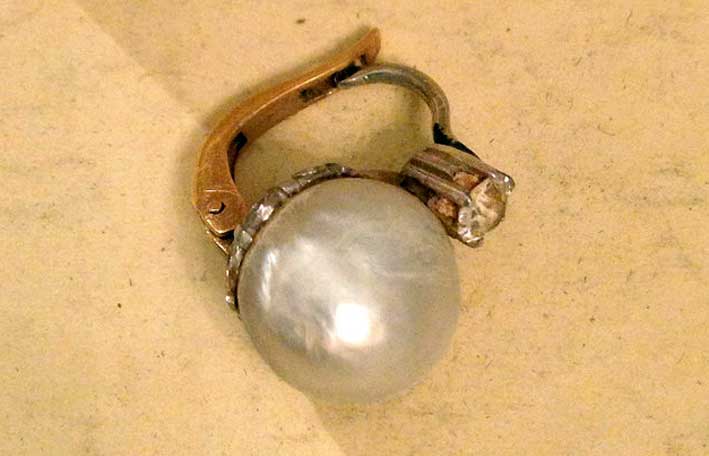
In the United States, a new edition of a book was published that tells the story of these royal jewels. The book is titled The Jewels of the Romanovs, and was written by the Italian Stefano Papi (Thames & Hudson, 352 pages, $ 65 on Amazon). Stefano Papi is one of the greatest experts in the world of jewelry: he was Senior European Specialist for the jewelery department of both Sotheby’s and Christie’s. For fans, the book is as a mine of informations. The photos show, for example, the Empress Maria Feodorovna in a white satin dress with a red band, crown and four pearl chokers, a diamond necklace with more pearls than pendonocome giant tears; a diamond brooch and, on the wrist, a bracelet with three rounds of pearls. Despite his short stature, he has the pose and the aura of an empress.
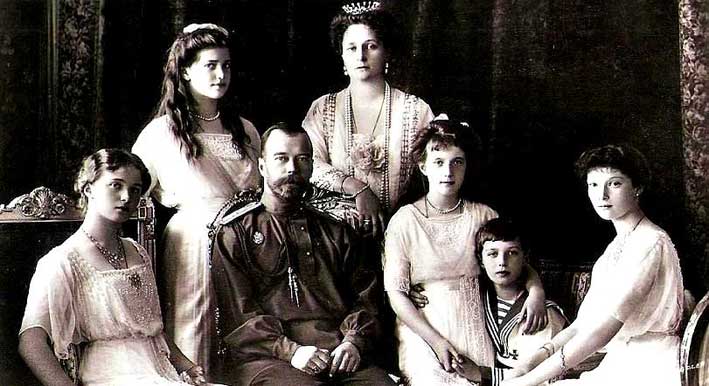
But in a photograph within the book is also indicated by his intimate nickname: Minny. The Grand Duchess Maria Pavlovna, on the other hand, was one of the last Romanovs to leave Russia in 1920 to die a few months later in Switzerland. The friends had managed to save his collection by handing it, piece by piece, to an English visitor who in turn had deposited the jewels at the Swedish embassy. Like so many royal refugees, the Grand Duchess has kept what he could, but much has been sold. Some of his jewels, wrapped in a pillowcase, were discovered decades later and sold for huge sums only recently, in 2009.
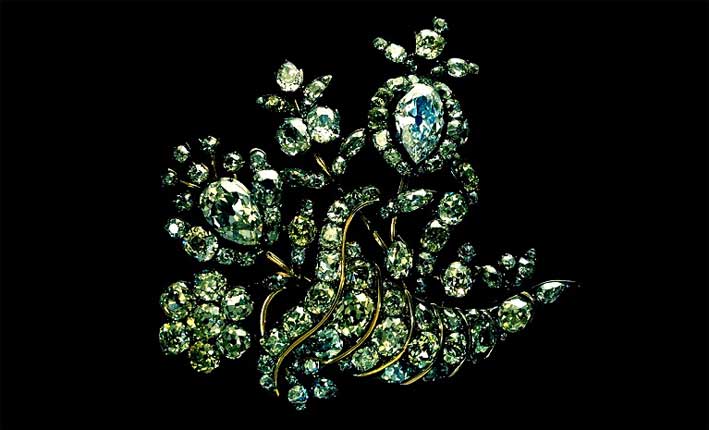
Among the treasures on display in the book of Popes there are commemorative objects or gifts for special occasions. Maria Feodorovna, for example, had given her sister a small portrait of herself, surrounded by pearls, in a heart-shaped frame of Fabergé red enamel. Tsar Nicholas II, on the other hand, for his coronation in 1896, had given his grandfather Vladimir his uncle, and to his grand-duke’s wife, a small box of orio and green enamel. Double portraits adorn a striped green and gold cigarette case created by Fabergé for the wedding of the great single daughter of the ducal couple, Elena, to Prince Nicholas of Greece and Denmark.
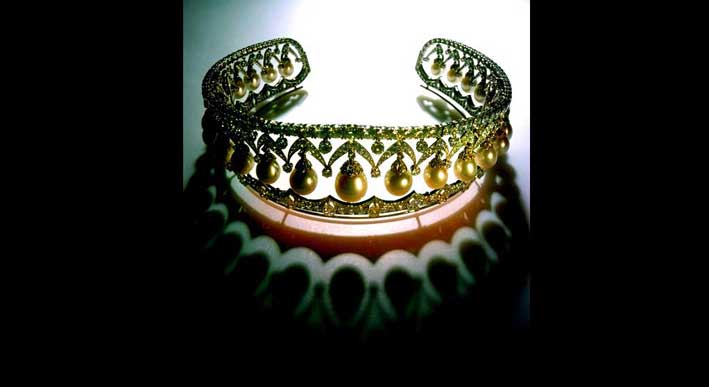
Many of the jewels, however, have been dispersed with the Russian revolution. The Bolshevik government in those dramatic years made money by selling what it could, including the wedding crown worn by generations of tsars. Furthermore, some Romanovs sold their jewels during their flight. For this reason some magnificent pieces were then worn by members of the royal dynasties of Romania and Yugoslavia, while a tiara is still used today by Queen Elizabeth II. The grandmother, Queen Mary, known for her avarice, managed to get hold of the best pieces of Romanov’s jewelry after the death of her mother, the empress widow.
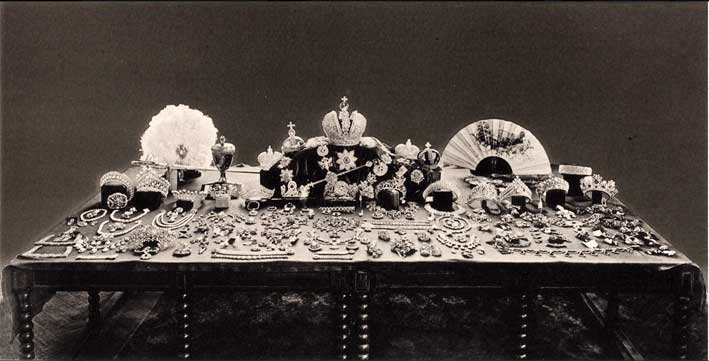
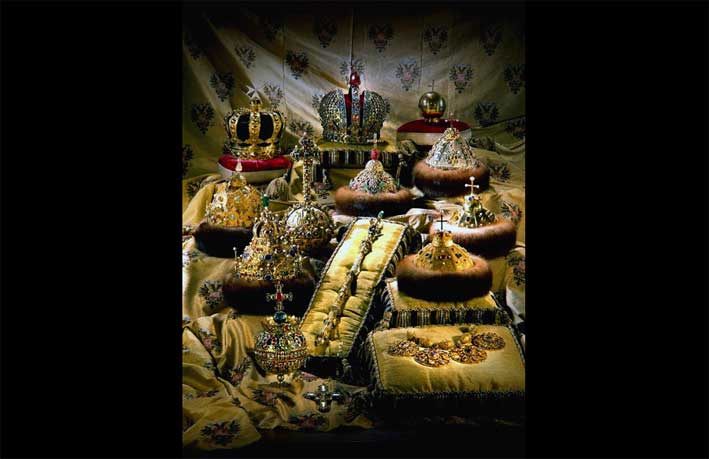
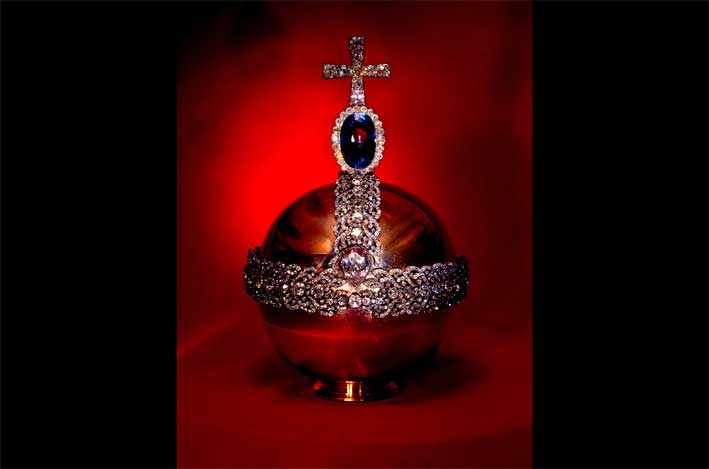
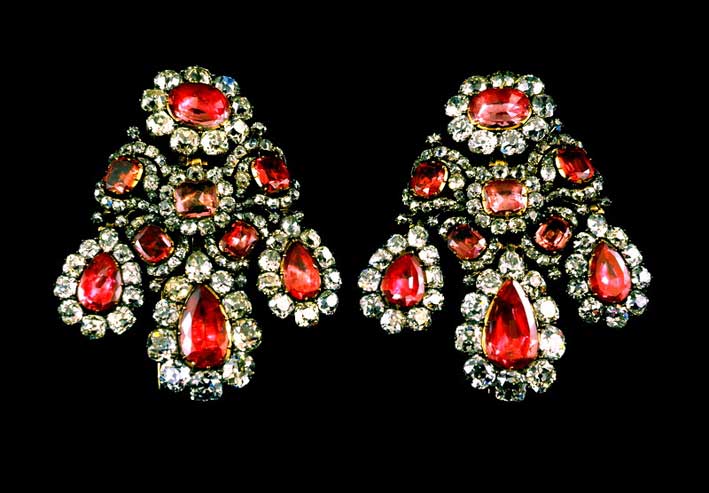
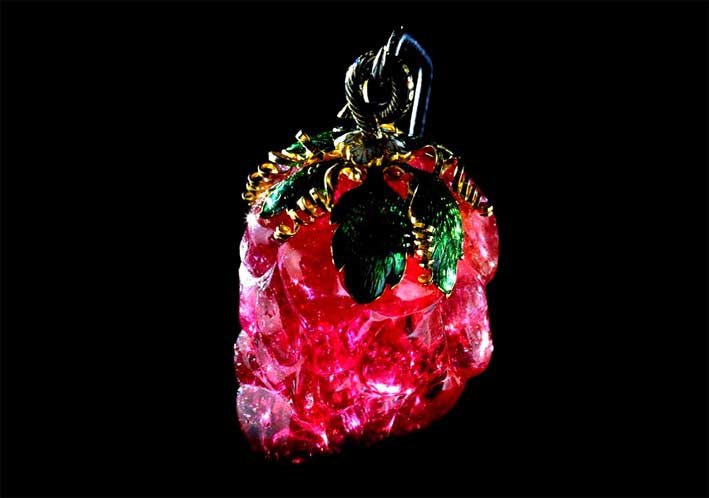
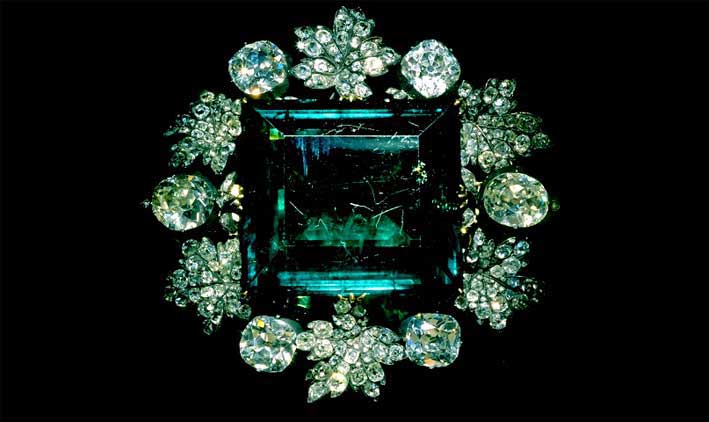
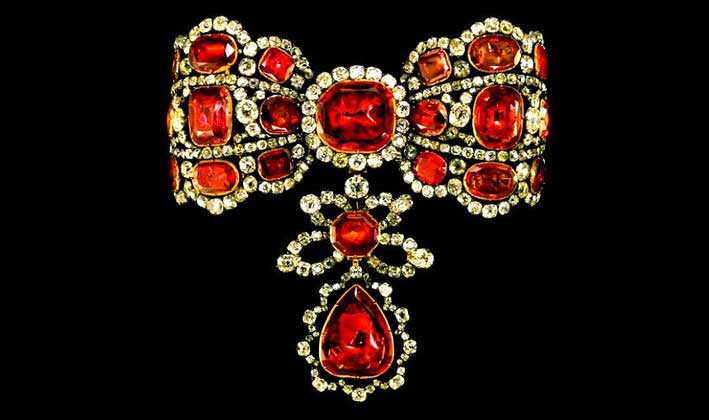
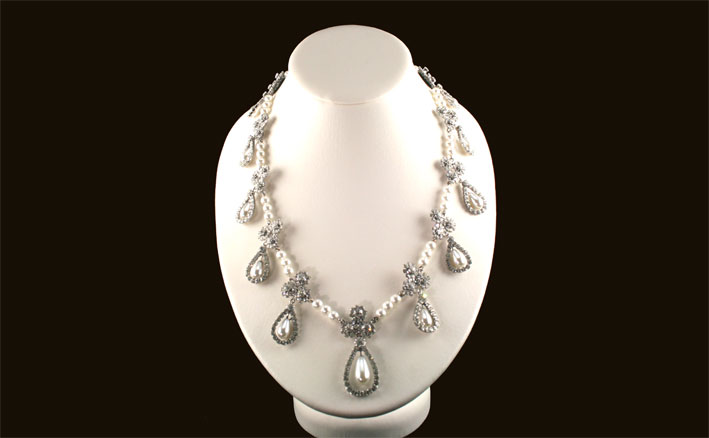
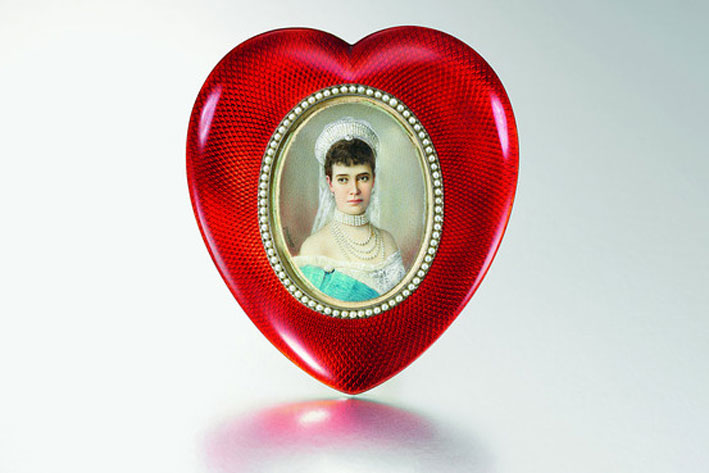
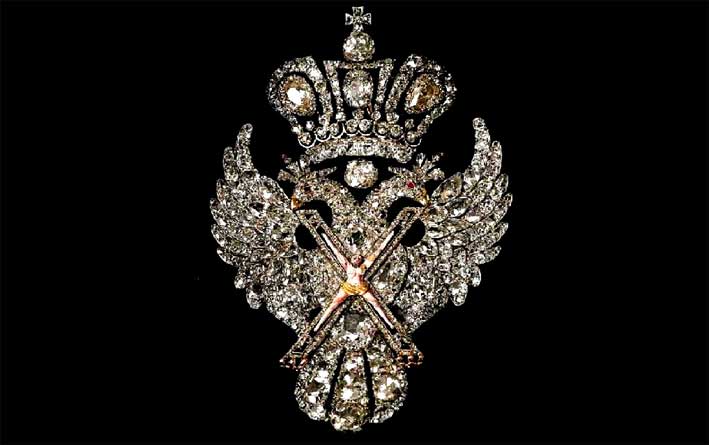
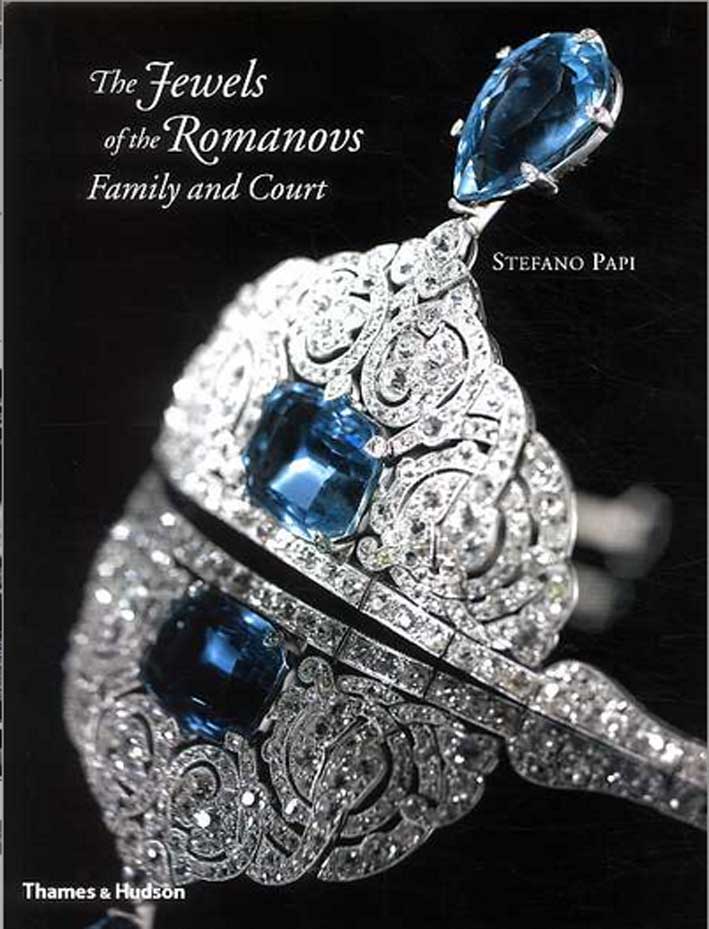
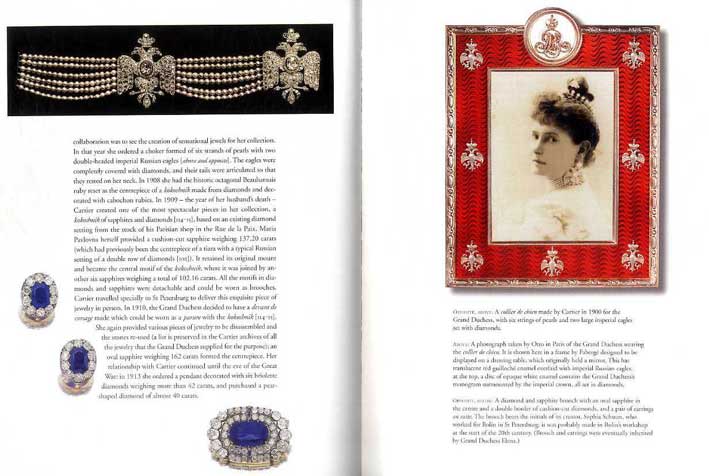
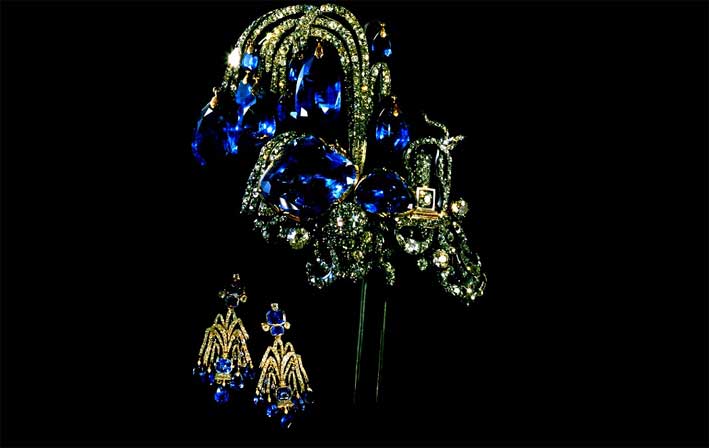
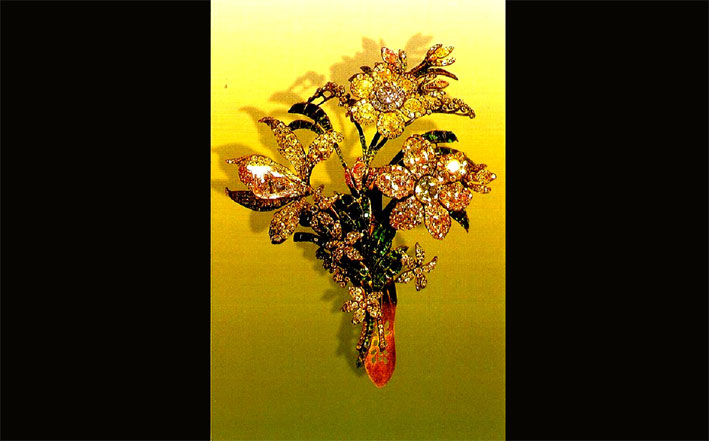
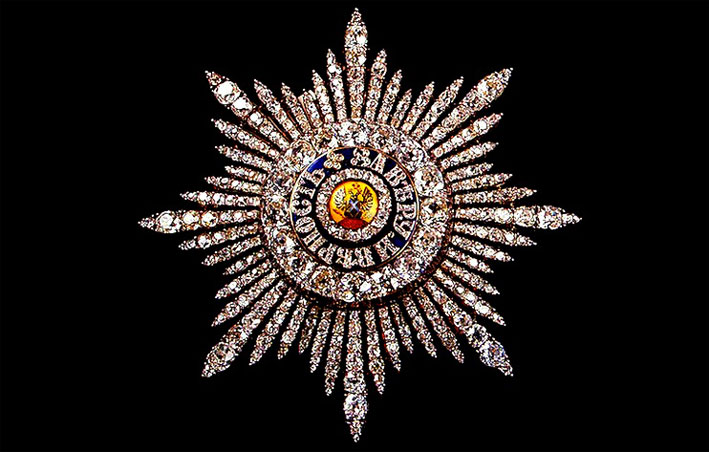
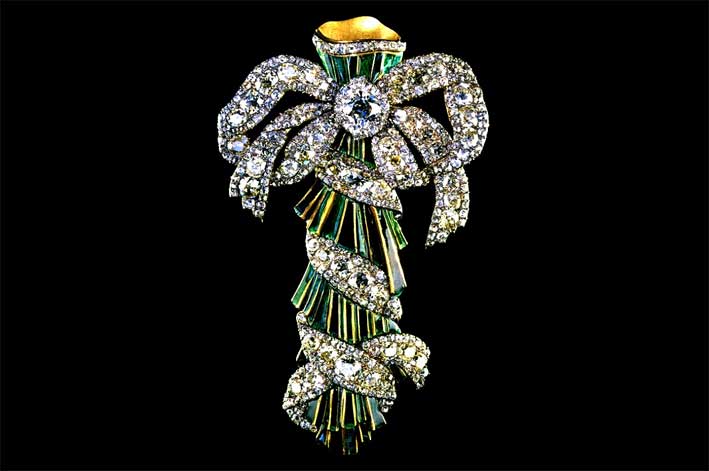
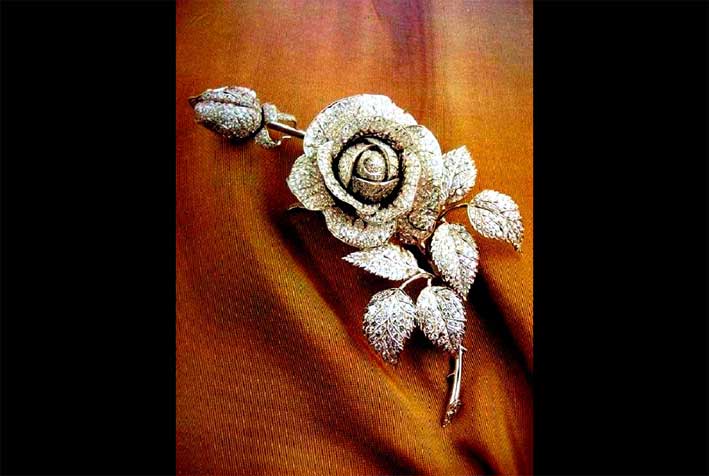
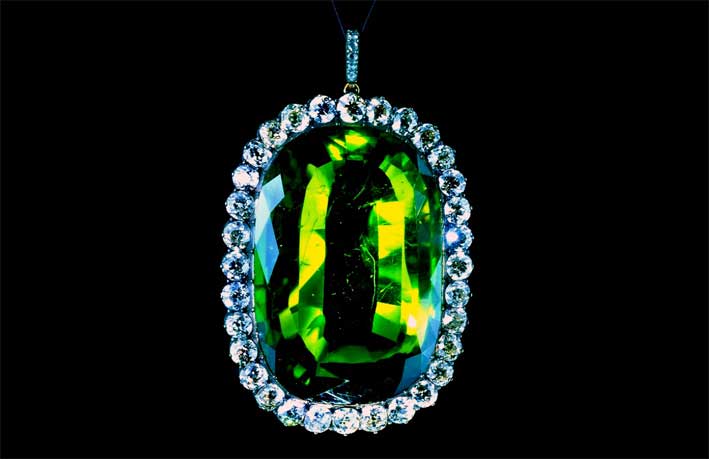
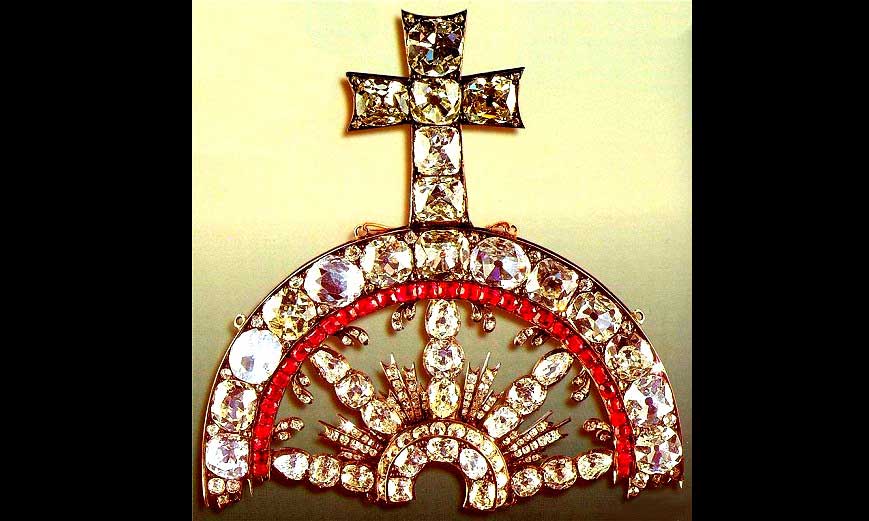
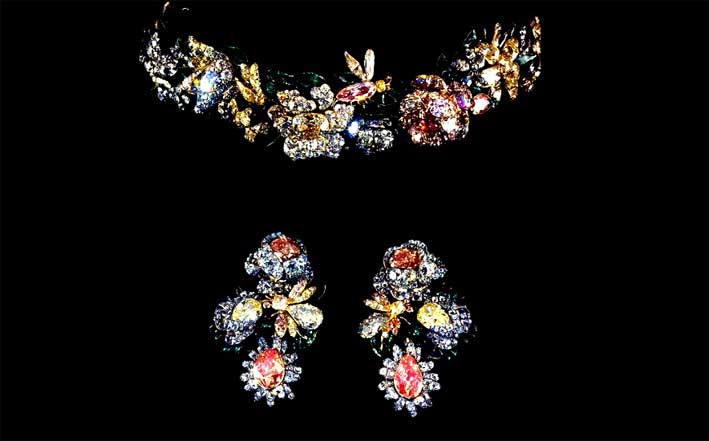
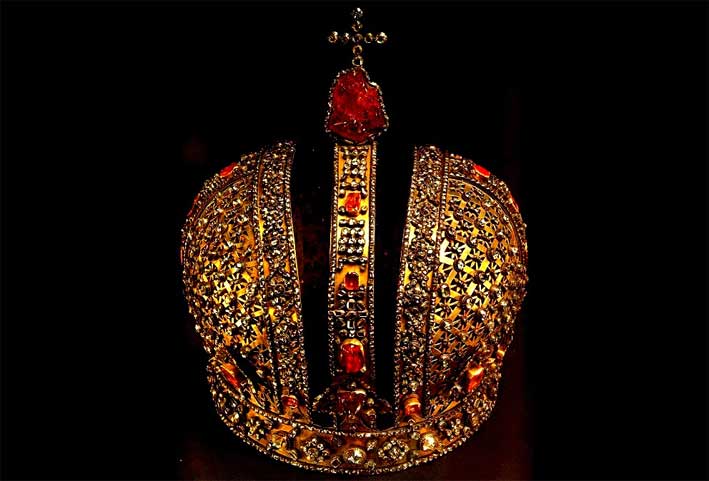

The Renaissance of Alessandro Dari” (Modifica)”>



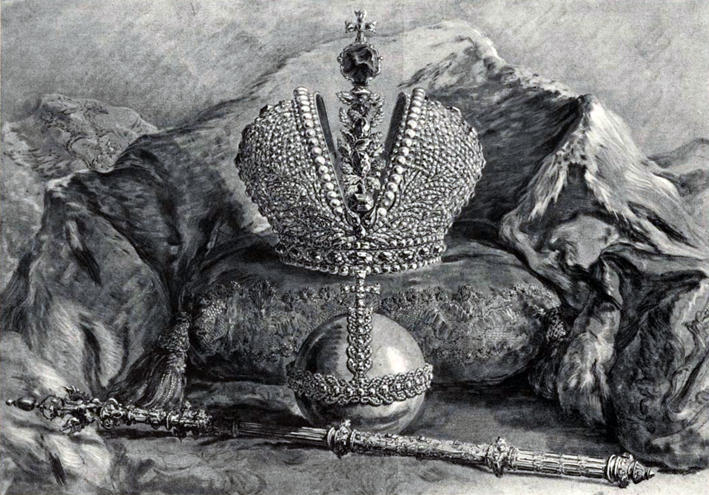
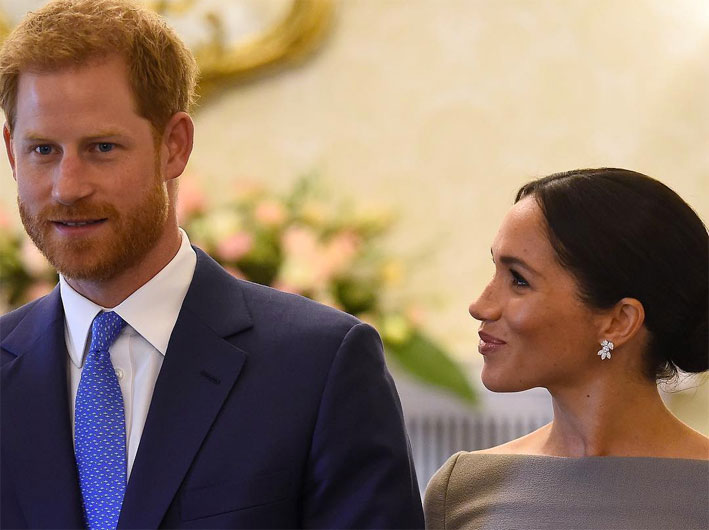
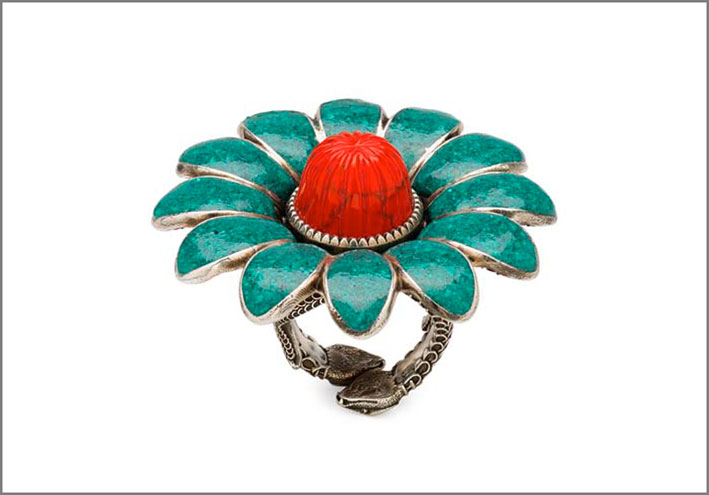
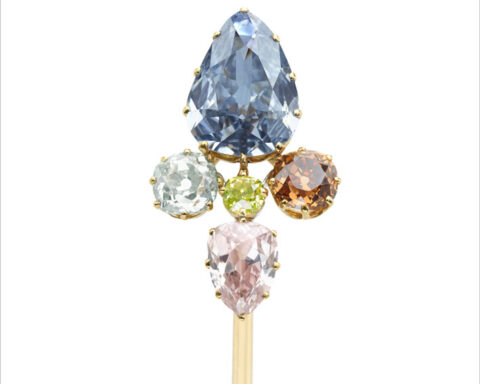

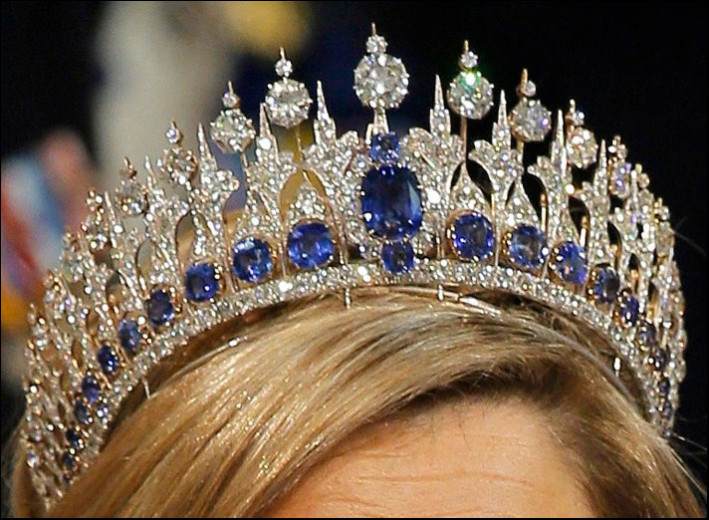
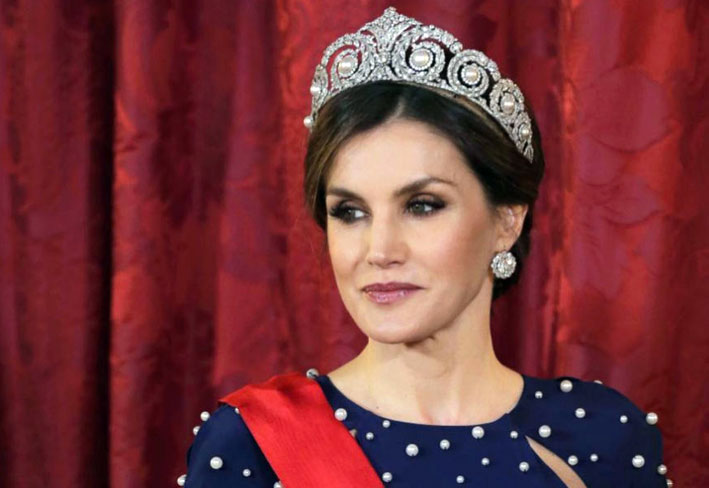
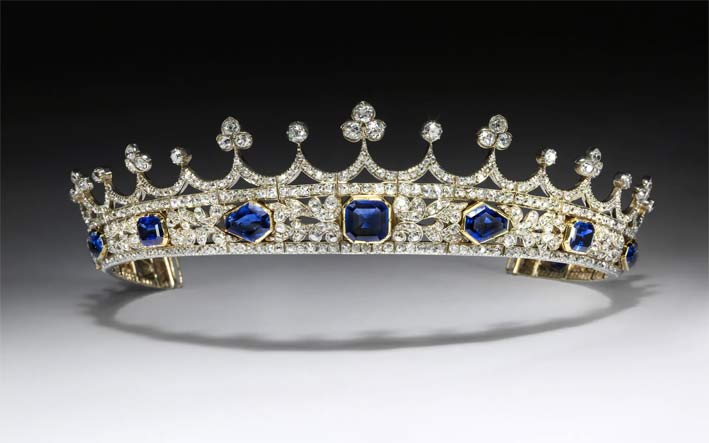
La madre della Regina Mary non era l’Imperatrice Vedova Maria Feodorovna che era invece la madre della Regina Consorte Alessandra, moglie di Giorgio V di Inghilterra quindi se non sbaglio era la suocera.
Scusate: Preciso che la Regina Mary era la moglie di Giorgio V che era figlio di Alessandra di Danimarca che era sorella di Maria Feodorovna Imperatrice vedova di Russia